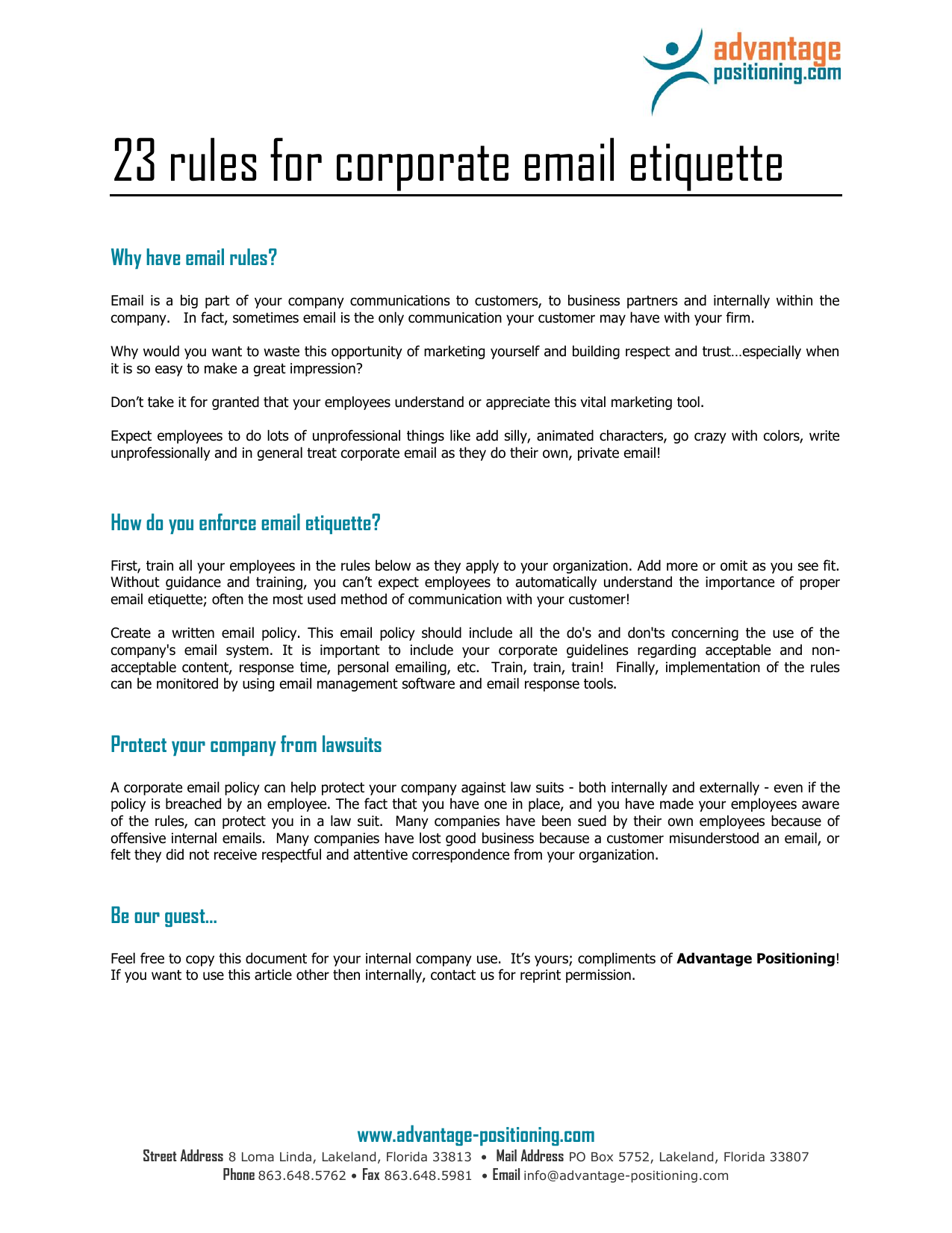- An ISO 9001:2015 Certified Company
- +91 9041519228
- neovexpharmaceutical@gmail.com
a code of behavior including manners, etiquette, and rules of conduct is known as:
Erleben Sie Hochgeschwindigkeits-Casino-Spiele im Online-Casino High Fly Casino – Deutschsprachiges Casino für Deutschland
August 21, 2025«Поиск надежного онлайн-casino? Попробуйте Пинко Казино –官циальный сайт для Казахстана!»
August 22, 2025A code of behavior including manners, etiquette, and rules of conduct is known as:
We hope you’ve learned a thing or two that will help you get ahead at work. For office furniture that will keep you comfortable in all of your efforts to be your best work self, browse our full range of office chairs and office desks https://netent-software.com/.Contact the friendly experts at if you have any questions or queries about our office furniture.
Workplace etiquette encompasses a set of unwritten rules and social norms that govern behavior and interactions within a professional setting. While specific customs may vary across industries and cultures, certain principles of etiquette remain universally applicable. These principles revolve around respect, courtesy, professionalism, and effective communication.
While your employer may have set rules like a dress code, workplace etiquette is the unwritten rules that help make the office a respectful and productive environment. While these rules aren’t explicitly stated, they are often an unspoken requirement that ensure everyone gets along both online and in person.
At Slouch, we spend our days thinking about what makes offices work better. And while having a comfortable, ergonomic workspace is important, mastering workplace etiquette is another completely different aspect of working life you also need to consider.
In the professional world, success often hinges not only on skills and qualifications but also on the ability to navigate social interactions effectively. Workplace etiquette, therefore, plays a crucial role in creating a positive and productive environment. From communicating respectfully to fostering a culture of inclusivity, adhering to proper etiquette can enhance professional relationships, boost morale, and contribute to overall organizational success.
Where would an employee find an employers rules of etiquette
Creating a healthy workplace culture starts with how employees treat one another. Small behaviors both positive and negative can ripple across teams. When kindness, empathy, and emotional intelligence are practiced consistently, they foster stronger collaboration and a more resilient workforce.
At Beetsol, we believe that etiquette isn’t just a “soft” skill, it’s a strategic asset that shapes organizational culture. That’s why our LMS helps businesses embed etiquette training into employee learning paths, ensuring that professionalism becomes a core part of every role, not just an afterthought.

Creating a healthy workplace culture starts with how employees treat one another. Small behaviors both positive and negative can ripple across teams. When kindness, empathy, and emotional intelligence are practiced consistently, they foster stronger collaboration and a more resilient workforce.
At Beetsol, we believe that etiquette isn’t just a “soft” skill, it’s a strategic asset that shapes organizational culture. That’s why our LMS helps businesses embed etiquette training into employee learning paths, ensuring that professionalism becomes a core part of every role, not just an afterthought.
Basically, it is about how you conduct yourself around coworkers, potential business partners, and customers. It boils down to treating others with respect, to be aware of everyone present and to be polite overall.
Have you ever noticed that some colleagues naturally earn respect and recognition, regardless of their role or tenure? It’s rarely just about their technical skills it’s how they carry themselves, engage with others, and navigate workplace dynamics with professionalism and confidence.
Rules of email etiquette
Use “please” and “thank you” to show respect. This helps create a positive atmosphere. Avoid using all caps, which can feel like shouting, and be careful with humor, as it may not translate well in writing.
A good subject line is a preview of the email. Instead of a vague subject line like “Hello” or “Checking in,” address your message directly. This way, the recipient immediately knows what the email is about and can respond appropriately.
Email is how many businesses communicate. It’s fast, easy, and accessible. Plus, email is permanent. If you forgot what you were asked, simply find the last email thread for the answer. Email is also effective at disseminating information among team members. However, there is no way to unsend an email.

Use “please” and “thank you” to show respect. This helps create a positive atmosphere. Avoid using all caps, which can feel like shouting, and be careful with humor, as it may not translate well in writing.
A good subject line is a preview of the email. Instead of a vague subject line like “Hello” or “Checking in,” address your message directly. This way, the recipient immediately knows what the email is about and can respond appropriately.
Email is how many businesses communicate. It’s fast, easy, and accessible. Plus, email is permanent. If you forgot what you were asked, simply find the last email thread for the answer. Email is also effective at disseminating information among team members. However, there is no way to unsend an email.

